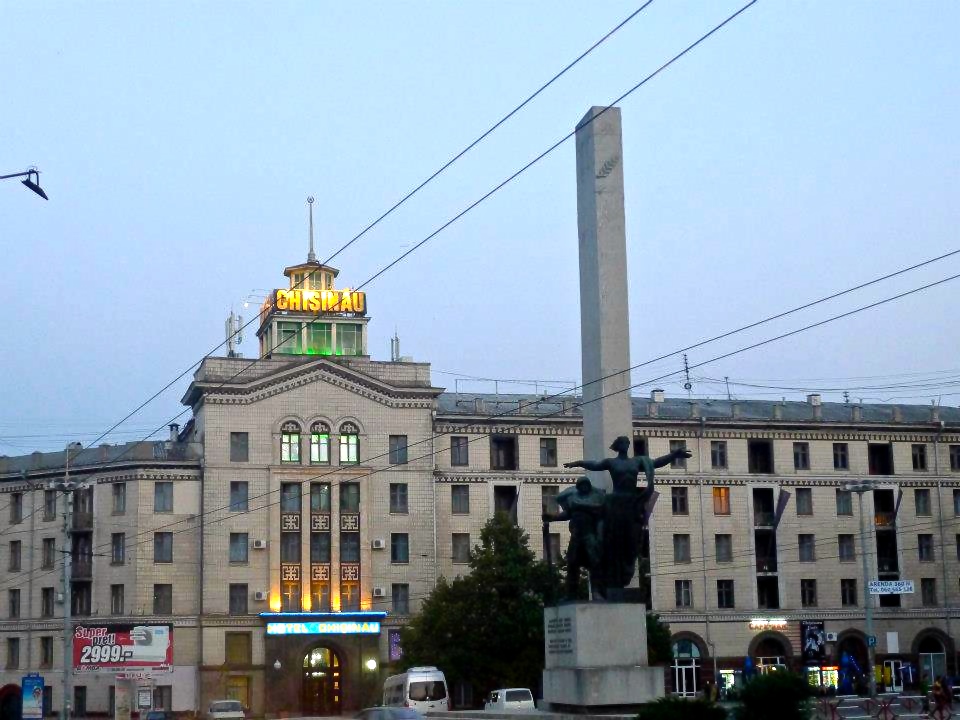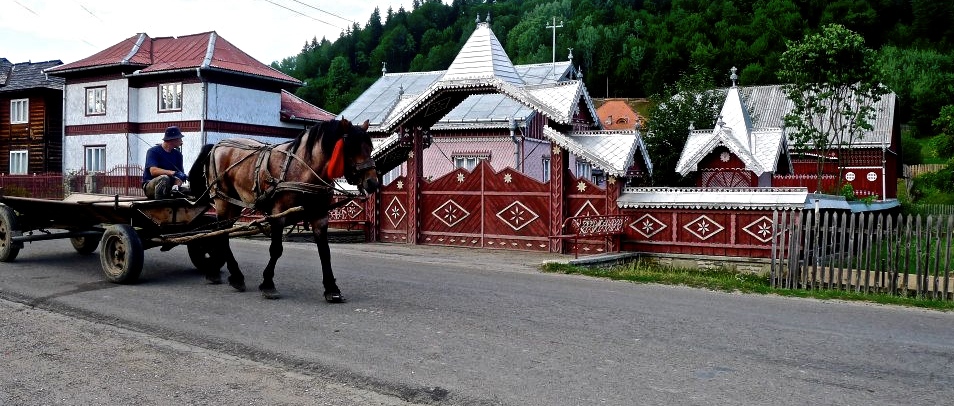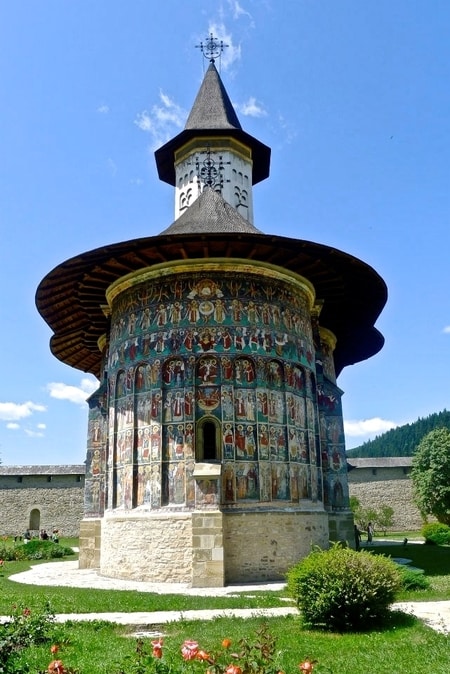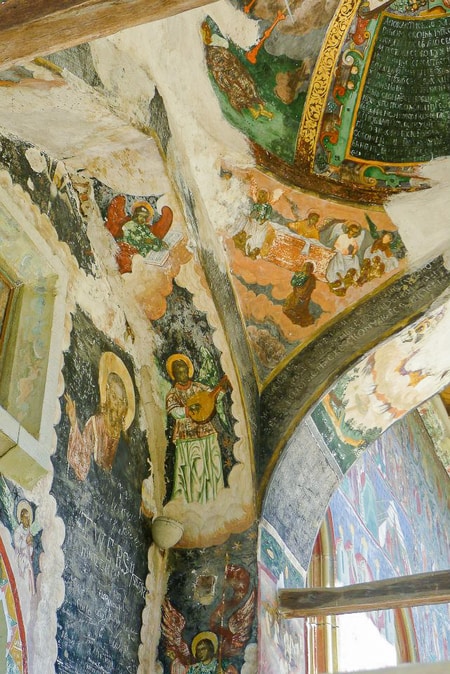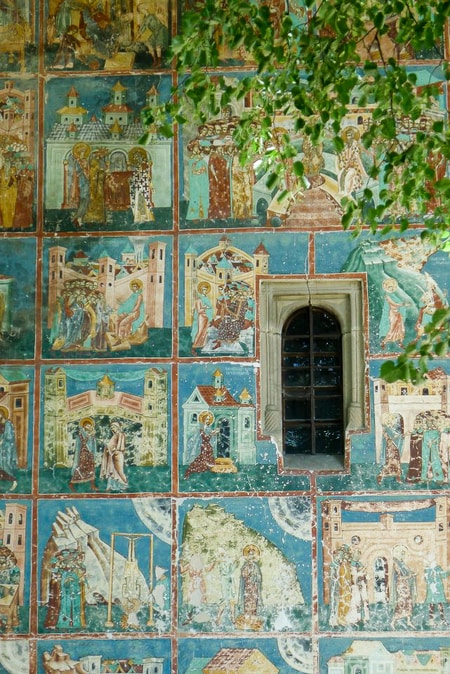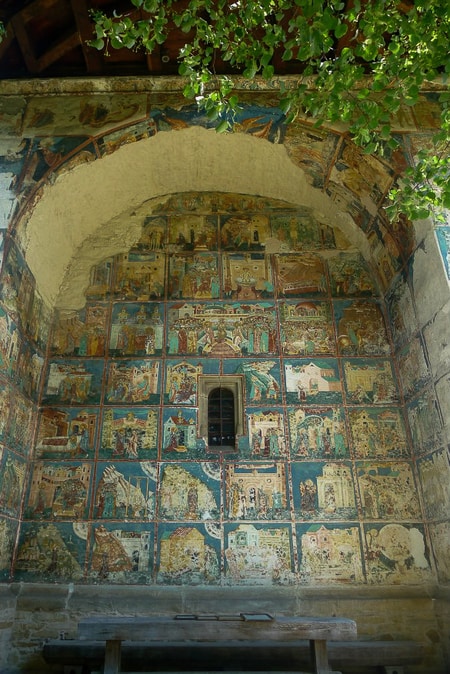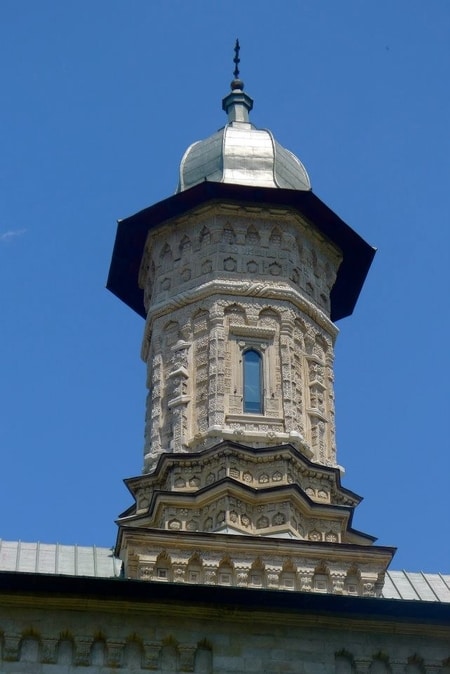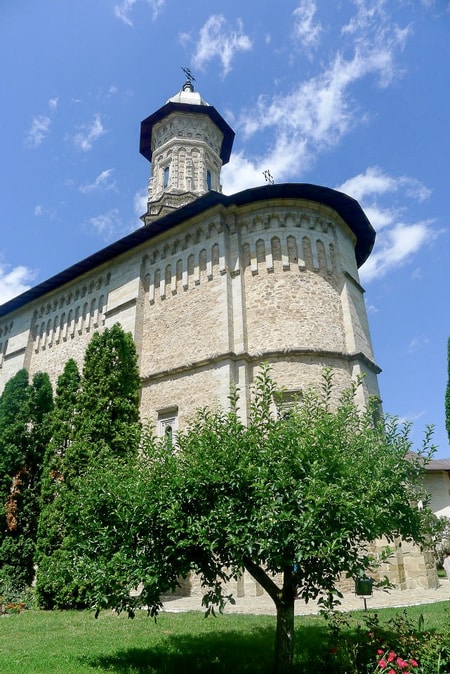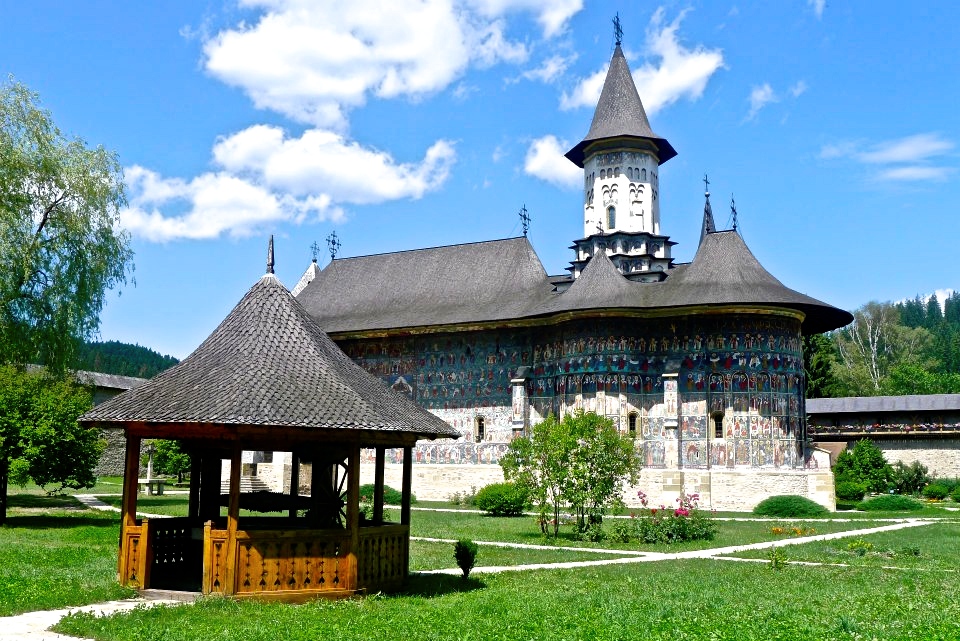
Painted Monasteries of Bucovina Romania
Bucovina offers a glimpse into pre-industrialized Europe. Situated in the upper righthand corner of Romania, the bucolic region is a place where natural and architectural treasures have yet to be discovered by mainstream tourists.
In Bucovina, daily life hearkens to a simpler time. It is a land where horse carts rule the streets, where livestock roams freely, and where old couples sit in the shade, spitting sunflower seeds and watching daily life go by.
Northeastern Romania is not only a romantic vision of the past, however. Concealed amongst its rolling verdant hills, Buvovina boasts some of Europe’s most exquisite artistic gems.
BUCOVINA ROMANIA: A WINDOW INTO THE PAST
Dotted with slant-roofed village houses and lovely groves of beech trees, the bucolic area offers a window into another era. As in neighboring Maramureș, the region clings to its past. It is common to find women in traditional dress, children tending to the fields with manual tools, and horse carts in lieu of cars.
Bucovina is truly off the beaten path by European standards. Aside from a few travelers that have made their way to the region from Transylvania, I often found myself exploring the region’s gems without any other tourists in sight.
While both public transport and English language speakers can be lacking, the small region of Bucovina is nevertheless a highly worthwhile tourist destination. It offers a plethora of activities for those interested in nature, and a slew of attractions for lovers of religious architecture.
The region’s crown jewels, of course, are the painted monasteries of Bucovina.
THE PAINTED CHURCHES OF BUCOVINA
Much like the charming wooden churches in Maramures, the painted monasteries of Bucovina are recognized as UNESCO World Heritage Sites.
The painted monasteries are renowned not only for their beautiful interior frescoes, but also for the fact that their exterior walls are covered in biblical depictions. The depictions were initially intended to spread the message of Christianity to the largely illiterate peasants and today, they remain as a token of Romania’s rich artistic heritage.
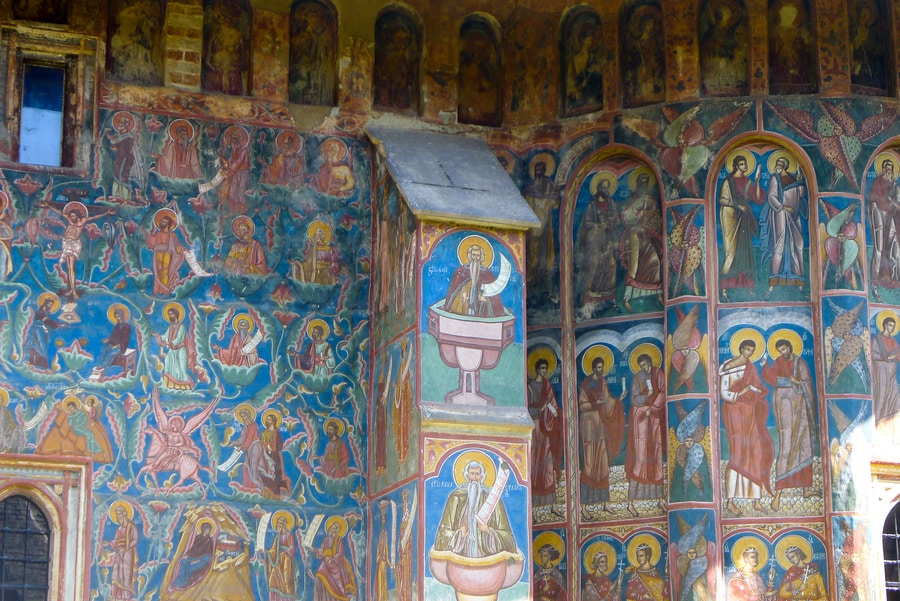
The monasteries each have frescoes of predominantly different colors and most of them are remarkably well preserved.
Our first stop was the town of Gura Humorului, the gateway to two of the more prominent churches in the region—the Humor Monastery and the Voronet Monastery.
-
THE HUMOR MONASTERY
Humor is the smaller of the two monasteries, with red frescoes and a wall surrounding the outside courtyard to protect from Turkish invaders. Humor Monastery is one of the religious masterpieces of Bucovina. And along with Voroneţ, is probably the best preserved.
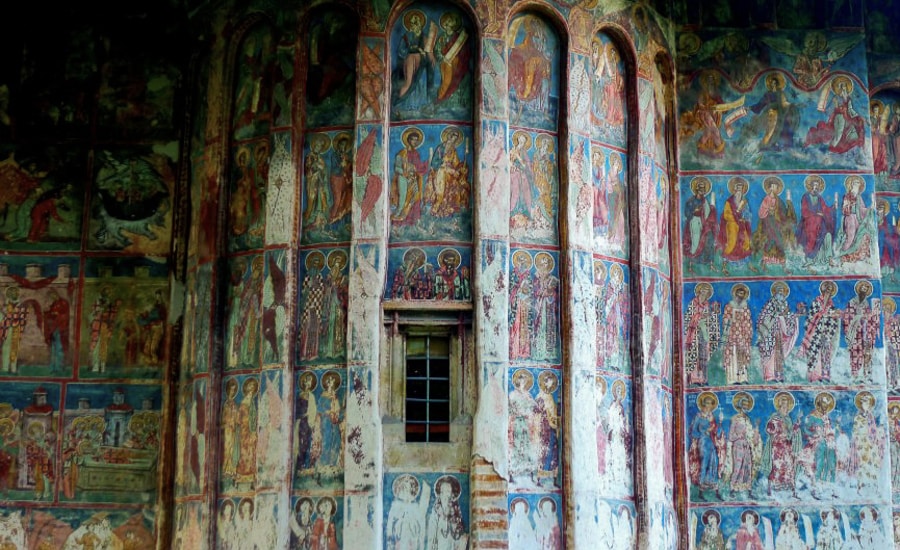
Built in 1530 on the premises of an older church, the monastery of Humor has particularities that differentiate it from Romania’s other painted churches. It is smaller than some of the other monasteries, and doesn’t have a steeple.
The dominant color of its well-preserved frescoes is a reddish brown.
-
VORONET MONASTERY
Voronet—the most famous of Romania’s painted churches—is a true artistic gem. Its blue frescoes are so intact that many have deemed it the “Sistine Chapel of the East.”
The Voronet Monastery’s frescoes depict the moral stories of the Bible. The artistic renditions, intended for illiterate peasants, illustrate how to act in accordance with Christian norms.
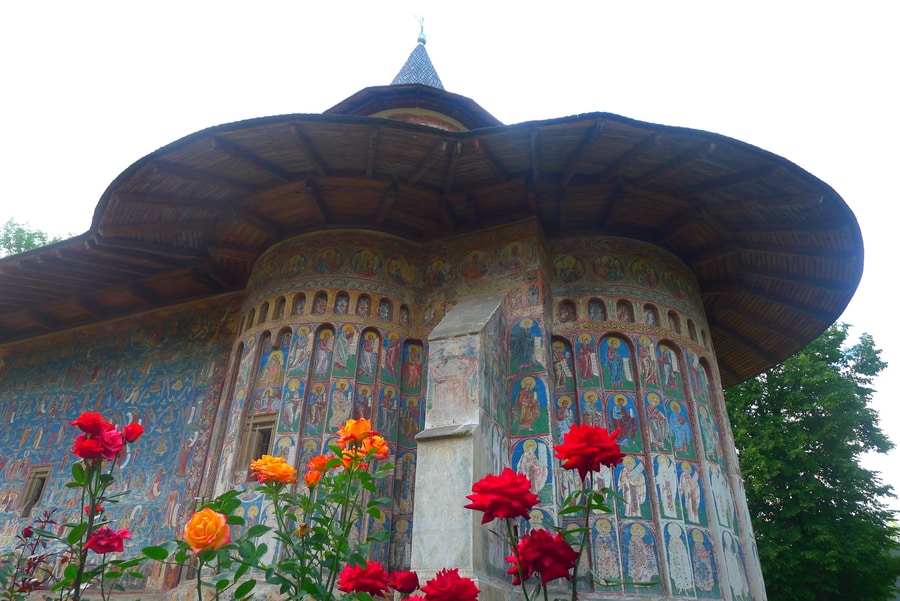
While beautiful and impeccably preserved, the frescoes of the Voronet Monastery contain a secret in color mixing. The monastery is renowned for its brilliant shade of blue, known as “Voronet blue.” Nobody has ever been able to replicate the color.
To this day, the unique hue remains a mystery to the modern world.
-
SUCEAVITA MONASTERY
Suceavita, largest monastery in Bucovina, contains paintings on an emerald green background. Like the humor monastery, it lies within tall, fortified walls.
Suceavita’s exterior paintings are exquisite. Its rich and monumental murals are the best-conserved and the most impressive of all the painted churches in Bucovina.
The monastery’s frescoes date back to 1601, which makes Sucevița the youngest of Moldavia’s painted churches. The frescoes illustrate a mix of themes from the Old and New Testaments.
There are several other defensive structures within the Suceavita Complex, including four towers. The thick walls today shelter a museum that presents an outstanding collection of historical and art objects.
-
MOLDOVITA MONASTERY
Moldovita is another one of Bucovina’s exquisite masterpieces. Defined by its golden hues, the well-preserved church dates back to 1532. The predominantly gold and deep blue paintings on the exterior walls were completed in 1537.
The large and vivid Siege of Constantinople highlights the frescoes.
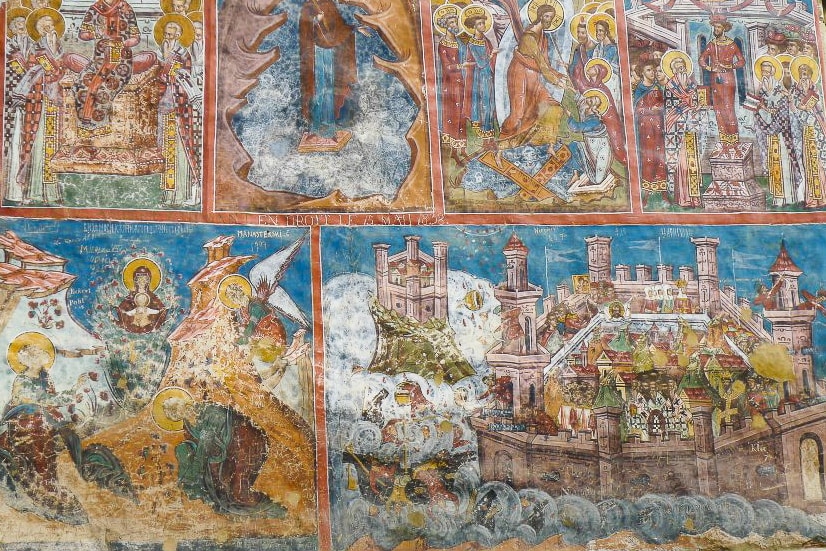
-
ARBORE MONASTERY
Little Arbore boasts interior frescoes that rival those of even the most impressive Romanian churches. Arbore is the only painted church in the region with no belfry towers, because it was not built by a prince.
The monastery was founded in 1503 by Luca Arbore, the advisor of Stephen the Great. Four decades later, Dragos Coman—one Romania’s great 16th century mural painters—completed its exterior frescoes.
Its most renowned depiction is a scene from Genesis, which adorns the western wall.
-
SAINT JOHN THE NEW MONASTERY
Saint George’s Church, also known as Saint John the New Monastery, is one of the eight religious complexes that make up the Churches of Moldavia World Heritage Site.
Built between 1514 and 1552 to serve as the Metropolitan Church of Moldavia, Saint John the New Monastery is now the seat of the Archbishop of Suceava and Radauti.
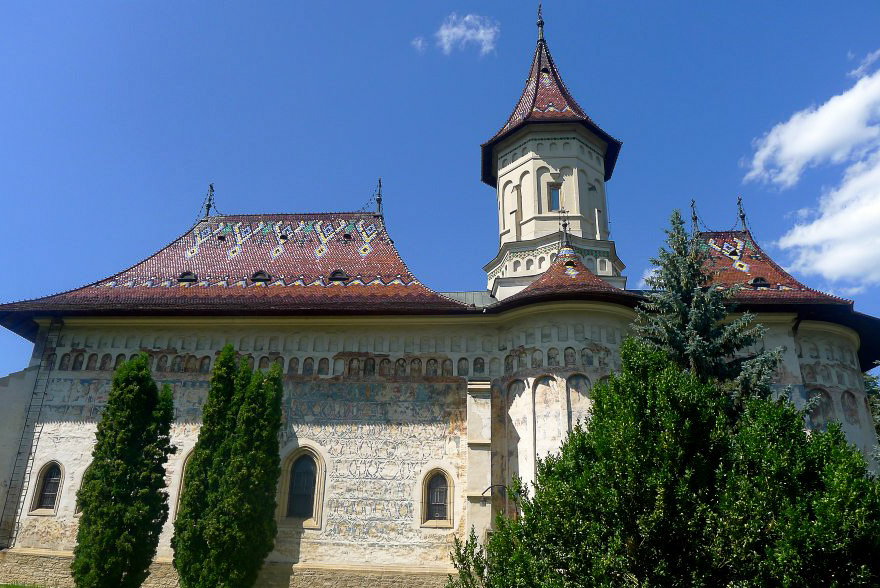
The style of St. George’s frescoes resembles those at Moldovita and Humor.
Although only some parts of The Hymn of the Dead and the legend of the Prodigal Son can still be seen on the southern wall, the church is nonetheless impressive, especially due to its mosaic roof and belfry tower.
-
PATRAUTI CHURCH AND PROBOTA MONASTERY
Unfortuntately, our tour of Romania’s beautiful painted churches excluded both the Patrauti Church and Probota Monastery. The Patauti Church is the oldest surviving religious site founded by Stephen the Great (in 1487).
-
DRAGOMIRNA
Though not one of the eight UNESCO-recognized monasteries, Dragomirna is worthy of a visit. The cream-colored structure is the tallest medieval monastery in northern Moldavia. It is renowned for its unique proportions and intricate details, mostly carved into stone.
Though it does not contain the frescoes that made the other churches famous, it has a beautifully carved steeple and is still actively bustling with praying monks.
****
We spent two days admiring the beautiful painted monasteries of Bucovina and driving around the serene mountain landscape before saying goodbye to Romania and crossing the border into Moldova.
